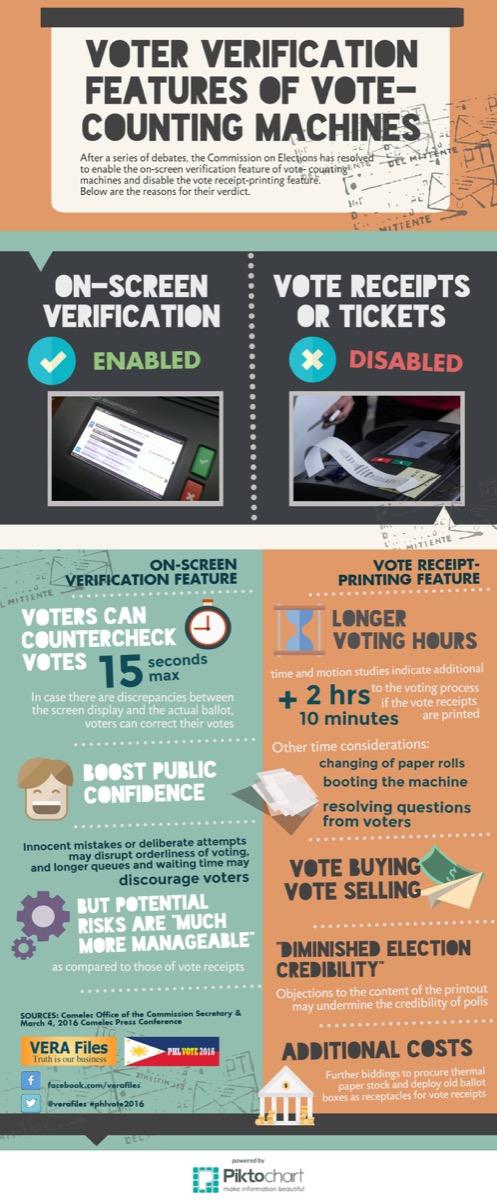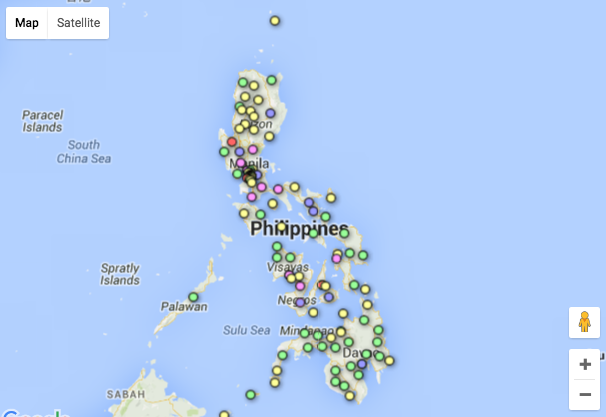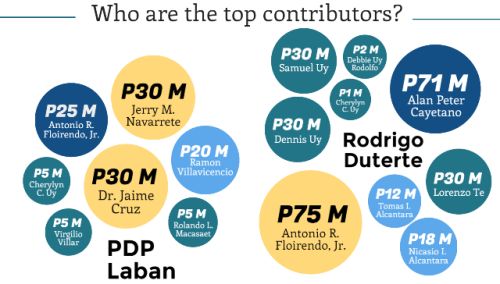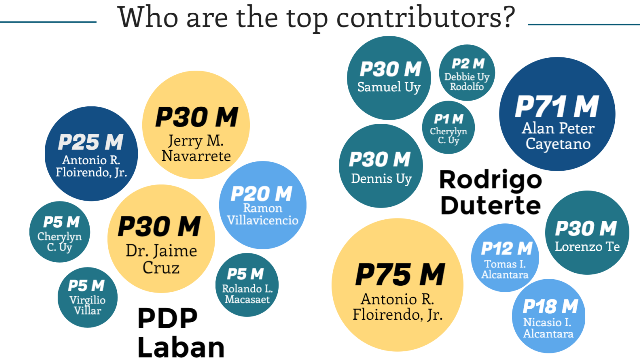By MARIA FEONA IMPERIAL
THE printing of official ballots for the 2016 presidential polls has been postponed anew, this time due to software issues, but this will not affect the timeline for the elections, the Commission on Elections said.
The ballots were scheduled to be printed on February 8, but an incompatibility between the Election Management System (EMS) and the Consolidation and Canvassing System (CCS) was detected during testing. Printing will commence early next week.

The EMS generates the design of ballots, and is responsible for the configuration of clustered precincts, numbers of voters and serial numbers of ballots to be read by vote counting machines (VCMs), according to Comelec Commissioner Christian Robert Lim.
Since the CCS and the EMS have a shared code, any change in the CCS will affect the EMS, he said.
In effect, these findings have forced the Comelec to discard and redo the final trusted build of election software, which was deposited with the Bangko Sentral ng Pilipinas on January 26.
Comelec Chair Andres Bautista assured that these findings won’t delay the entire election timeline, but only the printing of ballots. “I don’t think that this materially impacts the preparations of Comelec,” he said.
The poll body originally scheduled ballot printing on January 26, and moved to February 1. It was later postponed to February 8 pending decisions on disqualification cases of certain presidential aspirants.
Bautista is confident that despite the delays, all ballots will be printed by April 25 as scheduled in the election timeline.
“We’ve looked at the timelines, and as I said, I am quite confident that we will meet the timelines and really there’s nothing to worry about in respect to ensuring that elections push through on May 9,” he stated.
Technical glitches a ‘blessing in disguise’
In fact, the poll chief even finds these instance a “blessing in disguise,” as it gives them a chance to “mitigate potential risks” that may happen prior to elections.
“We’re able to ensure that the source codes are all in accordance with international best practices and no malicious stuff are included therein,” Bautista said.
Meanwhile, Lim said he’d rather accept a little disruption in the election timeline than find out something is wrong on election day itself.
“We want to make sure that the firmware we’re going to use is going to work on election day,” Lim said.

In addition, the glitches allowed for more flexibility in designing the ballot, Bautista said.
A shorter ballot, he said, is beneficial in several aspects: cost, paper, ink and speed of VCMs in accepting ballots.
More so, a shorter ballot would compensate for the delayed printing time.
Trimming the official ballot, which is now at 27 inches, would help make the voting process faster, Bautista said during the unveiling of mockup accessible precincts on Saturday.
It is estimated that a total of 800,000 to 1 million 27-inch ballots will be printed per day, though this capacity will not be easily achieved in the first few days of printing.
Earlier, Comelec spokesperson James Jimenez said there may be longer voting hours in case the receipt-printing feature of the machine is activated. (See 100 days before polls, Comelec yet to finalize machine security features)
It is estimated that for every 600 voters in each precinct, it would entail an additional seven hours in the total voting process. The receipt takes 13 seconds to print, but voters may need more time to read and countercheck the tape before dropping it into the ballot box.
“The election process has various challenges. We look at areas where we are behind, therefore, we make sure this is expedited,” Bautista earlier said.
Yet after the software issue has surfaced, he said there is no guarantee that this won’t happen again.
“Many things go wrong along the way; this may not be the last,” he said, but added it would be better to focus on the ability of the Comelec to come up with a solution rather than on the problem itself.
For one, he prefers to focus on ensuring that ballots are delivered to their proper destinations. In the previous elections, he explained, ballots intended for Bacolod City were brought to Baguio City by mistake.
Strictly one ballot per voter, VCMs more tolerant than PCOS
Bautista acknowledged moves of poll watchdogs to print extra ballots to avoid possible disenfranchisement.
Lawyer Rona Ann Caritos, executive director of Legal Network for Truthful Elections (LENTE) earlier pointed out how the old PCOS machines have had a history of not accepting ballots even though they were not tampered with. In these instances, voters were not given extra ballots resulting to disenfranchisement.
But Bautista said overprinting would be problematic.
“Kapag dinamihan yung balota, baka sabihin na gagamitin sa hindi magandang pangyayari (If we print extra ballots, some might say these can be used for fraud),” he said.
Under Republic Act 9369, the official ballots should be printed and distributed to each city or municipality at the rate of one ballot per registered voter with a provision of additional three ballots per precinct.
In case of unforeseen circumstances, Bautista said technically there will be extra ballots because definitely it will not be a 100 percent voter turnout.
In addition, he said in terms of accepting ballots, the vote-counting machines (VCMs) have a higher threshold than the old Precinct Count Optical Scan (PCOS) machines. VCMs accept even slightly crumpled ballots, he said.
Bautista said of the 93,000 VCMs to be used in the polls, 90,000 are already in the country. Around 70,000 of them are stored in the Comelec warehouse in Sta. Rosa, Laguna, and the rest are temporarily housed in the Bureau of Customs. The remaining machines are now in transit.





